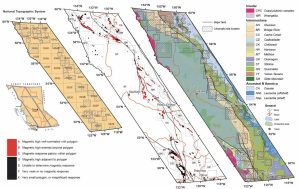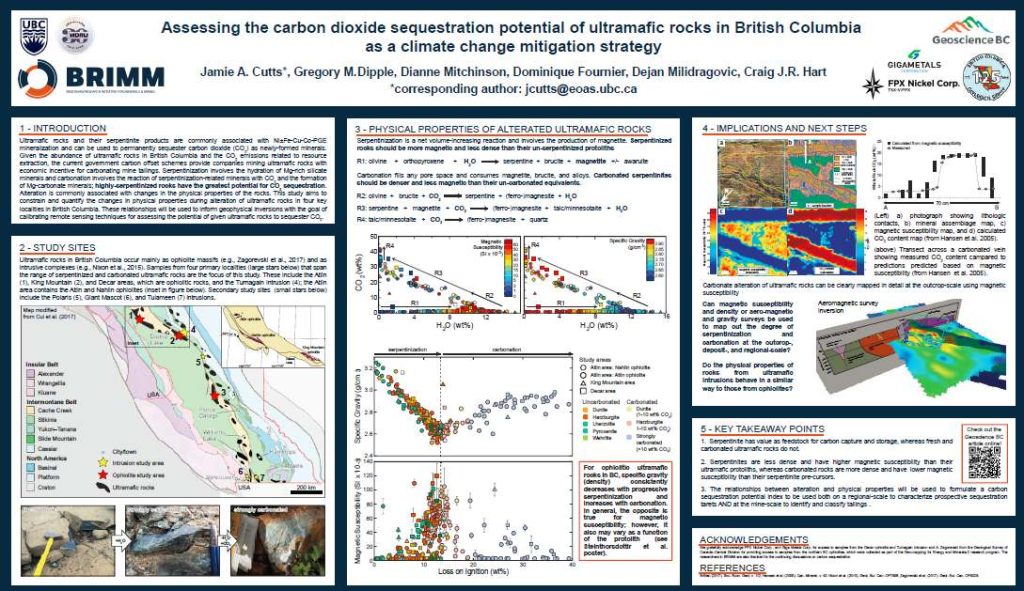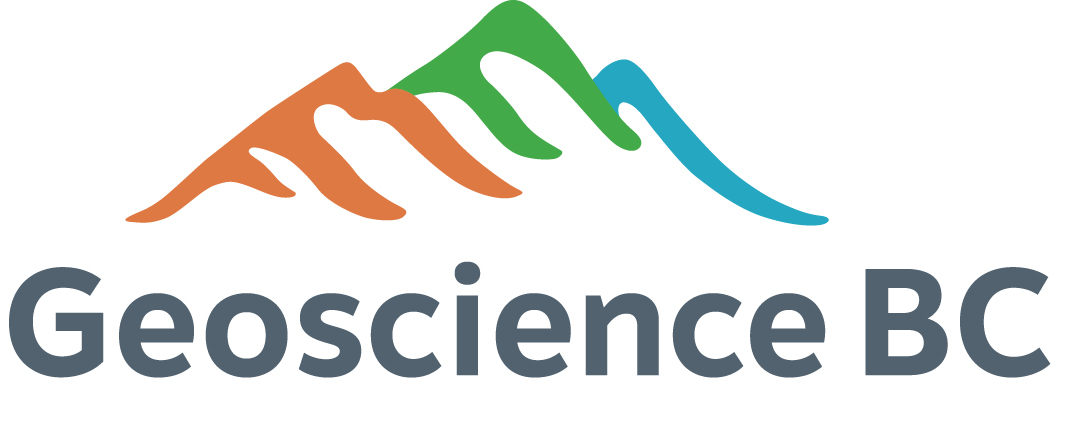Project Information
- Research Themes: CO2 Mineral Sequestration
- Location: British Columbia
- Project Status: Active
- Researchers: Jamie Cutts, Dominique Fournier
- Start Date: 2019
- End Date: 2021
British Columbia's carbon offset purchase scheme provides a unique opportunity for companies that process materials that are capable of reducing greenhouse gases to significantly contribute to BC carbon offsets. Certain rock types known as serpentinites have a very high potential to react with atmospheric CO2 to form carbonate minerals that effectively reduce greenhouse gases. Identifying the locations, distribution, abundances, geometries and quality of these serpentinite bodies is the first step towards increasing awareness and quantifying the opportunity. This project will evaluate serpentinite distribution throughout the province to establish BC's potential to capture CO2 from the atmosphere and stabilize it long-term as safe carbonate minerals.
BC’s carbon offset purchase scheme provides a unique opportunity for companies mining ultramafic ores in BC to receive significant economic benefits by manipulating waste materials so that they are capable of capturing atmospheric CO2. Identifying the nature and distribution of these rocks in BC is the first step towards being able to effectively ascertain the opportunity and put them into a framework for decision-making. The project will exploit the physical property variations in the metasomatic evolution from ultramafic precursor to serpentinites to talc-carbonate (soapstone and listwante) whereby the rocks become less dense, but transition from moderately to highly to non-magnetic. Recent work at MDRU-BRIMM has demonstrated that the reactivity of ultramafic rocks mine wastes to CO2 is strongly controlled by serpentinization reactions.
Understanding physical rock properties is integral to successful interpretation and modelling of geophysical data. The proposed project will: 1) determine the mineralogical and physical rock property characteristics of representative rock packages across several sites; 2) determine the distribution of serpentinized rock packages throughout BC using geophysical and geological data sets; 3) establish the 3D geometry and distributions of serpentinite and critical bedrock units at a property scale for two or more strategic mineral deposits and using inversion models that are constrained by the rock property data; 4) Establish a BC Mineral Carbonation Sequestration Potential index through the integration of all of the new results with other publically available datasets. These results will allow the identification of new target areas and the effectiveness to exploit them based on proximity to existing and planned infrastructure.
This project will take advantage of existing, underused data and models previously collected and developed for Geoscience BC, and will incentivize new opportunities in CO2 mineral sequestration. For additional information this and related projects go to http://carbmin.com
PUBLICATIONS
The Carbon Mineralization Potential of Ultramafic Rocks in British Columbia: A Preliminary Assessment
Mitchinson, D., Cutts, J., Fournier, D., Naylor, A., Dipple, G., Hart, C.J.R., Turvey, C., Rahimi, M., Milidragovic, D. (2020). Geoscience BC Report 2020-15/MDRU Publication 452, 25 p. Download publication, pdf, 49 Mb
Abstract: British Columbia contains extensive volumes of ultramafic rock that can sequester carbon dioxide (CO2) into solid magnesium carbonate minerals to mitigate greenhouse gas (GHG) emissions. Serpentinites, altered hydrated ultramafic rocks, are of particular interest because they can be highly reactive to carbon dioxide at Earth’s surface conditions. Serpentinites have distinct magnetic and density properties relative to their unaltered ultramafic protoliths such that they should be identifiable from airborne geophysical surveys. The Carbon Mineralization Potential Project for British Columbia (CaMP-BC) assesses the abundance, location, shape, and areal extent of serpentinized ultramafic rocks in B.C. using existing geological, geochemical, and geophysical data. Preliminary results are reported here. Roughly 75{4f68512a01b6c7d7b16fb2c0178fca0ea196e8717437457c5f4289110417847b} of the ultramafic rock bodies in B.C. are associated with large magnetic anomalies consistent with extensive serpentinization. The volume of serpentinites in the upper 1 km of the crust in British Columbia is estimated to be in excess of 1,000 km³.
Sequestration of CO2 within these rocks will require one of two processes, ex-situ carbon mineralization where serpentinite is mined and exposed to CO2 or in-situ carbon mineralization where CO2 is injected underground. Serpentinite is known to host some of British Columbia’s largest nickel deposits and the extraction and crushing of such rocks during mining will unlock their reactivity for ex-situ carbon mineralization. The loosely bound and readily leachable magnesium that could be used for ex-situ carbon mineralization has an estimated sequestration capacity of 56 Gt CO2; this represents more than 800 years of GHG emissions in B.C. at current rates. The use of reactive serpentinite tailings from nickel mining as a carbon sink has the potential to make nickel mining carbon neutral or a net carbon sink. Nickel is a critical commodity for decarbonization of the energy and transport sectors. The development of critical metal mines with a high capacity for carbon dioxide mineralization represents an opportunity to decarbonize supply chains for renewable energy and reduce the greenhouse gas footprint of resource development in British Columbia.

Assessing the carbon dioxide sequestration potential of ultramafic rocks in British Columbia as a climate change mitigation strategy
Jamie A. Cutts, Gregory M. Dipple, Dianne Mitchinson, Dominique Fournier, Dejan Milidragovic, Craig J.R. Hart 2020, AME Roundup Poster 2020. Download poster, pdf, 45 Mb
Assessment of the carbon mineralization potential of British Columbia by quantifying the response of physical properties to the alteration of ultramafic rocks (NTS 092H/08, 10, 093K/13, 14, 094C/05, 104I/01–16, 104N/01–16)
Cutts, J.A., Dipple,G.M., Hart, C.J.R. and Milidragovic, D. (2020), in Geoscience BC Summary of Activities 2019: Minerals, Geoscience BC, Report 2020-01, p. 137–144. Download report, pdf, 3 Mb
updated 2020Nov03





